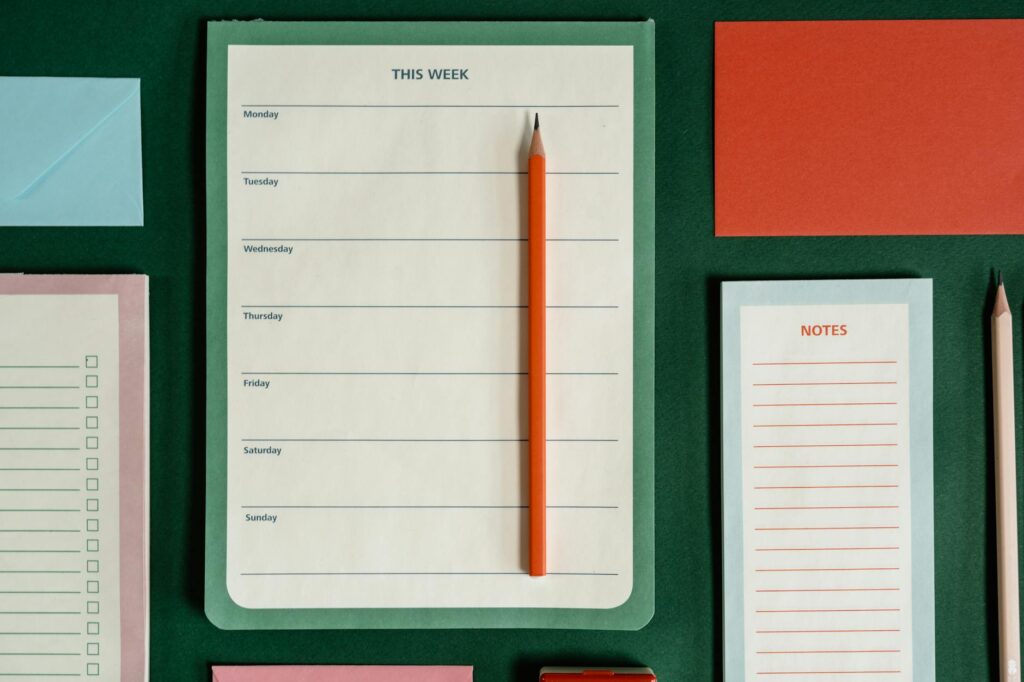What is checklist use?

What is checklist use?
Checklists are a unique blend of simple tools that can significantly enhance productivity across various aspects of our lives. Whether you’re managing projects at work, planning personal tasks, or ensuring safety protocols in high-stakes environments, the power of a checklist cannot be overstated. They serve as a structured way to keep track of tasks, ensuring everything is completed without overwhelming our minds.
Using a checklist is much more than just writing down what needs to be done; it’s about creating a reliable system that saves time and minimizes errors. So, how do we harness the full potential of checklist use to improve our efficiency and effectiveness?
Understanding Checklist Use
At its core, checklist use refers to the practice of compiling a list of tasks, items, or steps to ensure nothing is forgotten. This approach can be beneficial in various contexts, from personal errands to professional projects.
The Psychology Behind Checklists
Research shows that checklists can significantly reduce cognitive load. When we write down tasks, it frees up mental space, allowing us to focus on execution rather than trying to remember every detail. This is particularly useful in high-pressure situations, where the risk of forgetting vital steps can lead to costly mistakes. Checklists act as a cognitive aid, helping us remember crucial tasks by providing a physical reminder.
Common Areas for Checklist Use
Checklists are commonly utilized in several fields:
-
Healthcare: Medical professionals use checklists to follow protocols, ensuring patient safety and adherence to treatment plans. Incorporating checklists has been linked to reducing surgical errors and improving patient outcomes.
-
Aviation: Pilots utilize checklists before flights to verify that all safety measures are in place. This practice has proven essential in preventing accidents and ensuring passenger safety.
-
Personal Tasks: From grocery shopping to daily chores, checklists can help organize personal tasks and ensure nothing is overlooked.
These examples illustrate how checklist use can be adapted to fit various scenarios, enhancing both individual and team performance.
Benefits of Using Checklists
Implementing a checklist into your daily routine can bring about numerous advantages.
Improved Organization and Efficiency
Checklists create a clear roadmap of your tasks, which can streamline your workflow. By breaking down larger tasks into manageable steps, you can easily see what needs to be done, making it less daunting. This structured approach enhances focus, allowing you to complete tasks more efficiently.
Reducing Errors and Oversights
One of the primary benefits of checklist use is the reduction of errors. By ensuring that every step is accounted for, you minimize the chances of overlooking critical tasks. This is particularly crucial in high-stakes environments, where a single missed step can have severe consequences. As noted in various studies, implementing checklists in workplaces has been shown to significantly decrease error rates.
Strategies for Effective Checklist Use
To make the most of checklist use, consider these actionable strategies.
Designing an Effective Checklist
Creating a checklist that is clear and actionable is crucial. Here are some guidelines to consider:
- Be Specific: Use clear and concise language to outline tasks.
- Prioritize: Organize items based on importance or sequence.
- Limit Items: Avoid overwhelming yourself with too many tasks on one checklist. Aim for a manageable number of items to maintain focus.
Integrating Checklists into Daily Routines
Incorporating checklists into your daily life can be as simple as dedicating a few minutes each morning to plan your tasks. Here are a few practical suggestions:
- Morning Routine: Create a checklist for your morning tasks to kickstart your day productively.
- Project Management: Use checklists for specific projects to track progress and ensure all steps are completed.
- Before Important Events: Develop checklists for events like meetings or presentations to ensure you’re fully prepared.
By weaving checklists into your daily practices, you create a reliable system that supports your goals.
Overcoming Challenges in Checklist Use
While checklists are beneficial, there are challenges associated with their use.
Avoiding Checklist Overload
One common pitfall is creating overly complicated checklists that can lead to frustration. To prevent checklist overload, keep your lists concise. Focus on essential tasks and avoid the temptation to include every minor detail. This approach ensures that you remain motivated and engaged without feeling overwhelmed.
Maintaining Flexibility in Checklist Use
Life is unpredictable, and your checklist should be adaptable to change. It’s important to be open to modifying checklists based on evolving circumstances. If a task becomes irrelevant or needs to be adjusted, don’t hesitate to update your checklist to reflect those changes.
Conclusion
In summary, checklist use is a powerful tool that can enhance productivity and improve task management across various aspects of life. By understanding its purpose and benefits, designing effective checklists, and implementing strategies for their use, you can achieve your personal and professional goals more efficiently.
So, whether you’re a busy professional, a student juggling assignments, or someone looking to streamline personal tasks, embracing the checklist can empower you to stay organized and focused. Start integrating checklists into your routine today and experience the profound impact they can have on your productivity!

Photo by MART PRODUCTION